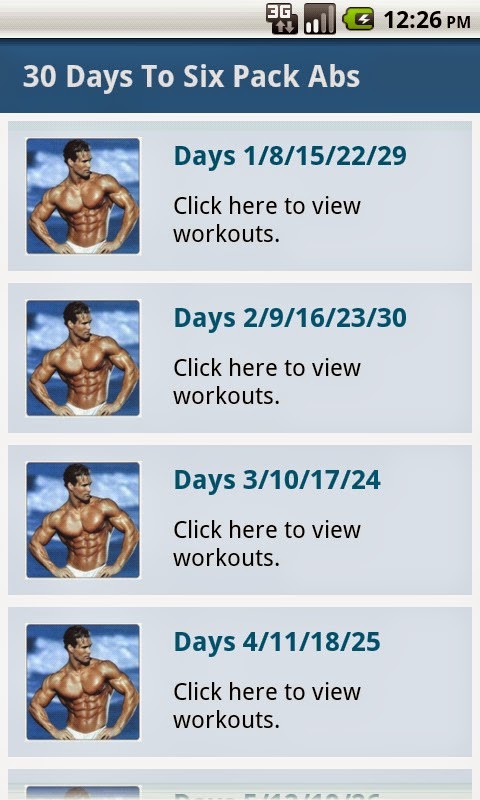TechSource: How to Turn Videos to Animated GIF Images Using Your Android Device |
| How to Turn Videos to Animated GIF Images Using Your Android Device Posted: 29 Apr 2014 06:06 AM PDT GIFs have become the latest craze. Introduced by CompuServe in 1987, GIFs serve as the perfect medium for expressing your emotions on the Internet. Whether you're shocked or annoyed by the person commenting above you, a moving image is the best way to convey what you feel. Sites like Reddit are flooded with funny animated GIFs that go from being hilarious to outright weird. On the other hand, sites such as Reaction Gifs allow you to pick GIFs for expressing your reaction in forums and on other sites. If, however, you are more on the original side, you must have mulled over the idea of creating your own GIFs. While there are many apps and even websites that let you make such images, having your images transferred to your PC from your smartphone or tablet is a rather hectic task. Wouldn't it be cool if you could just shoot a video and then turn it into animated GIF? Well, there's a way to do that. Thanks to some great applications, you can now turn any video you shoot into a funky-looking GIF. You can then share that image with your friends and have a good laugh. Step 2: Choose your Movie Basically, Super Video GIf Maker functions as a wonderful movie player. It can play movies in various formats. So, if you have shot a few videos, you can browse through them as much as you want. Once you have decided which movie to turn into a GIF, skip to the part that you want to convert. Step 3: Create the GIF While playing the video, click on the button on the right-hand side of the video to choose the part that you want to turn into an image. From here, you can individually select frames to include in your GIF. To select frames, all you have to do is press the button on the left. Once you are done, save the image. You can play the GIF as many times as you want to make sure that it turned out the way you wanted. If you are having trouble using the aforementioned app, you can try using Android Video to GIF HERE. A Great Alternative: Cinemagram Cinemagram is more than just a animated GIF maker. If you are on the creative side of life, then this app will breathe a new life into your creativity. Basically, Cinemagram allows you to create a looping 4-minute video to which you can add various effects. One of the most distinct qualities about Cinemagram is that many parts of the image are still while a single portion of it is moving. This creates a really beautiful effect that tempts the viewer to keep watching the image over and over again. |
| You are subscribed to email updates from TechSource To stop receiving these emails, you may unsubscribe now. | Email delivery powered by Google |
| Google Inc., 20 West Kinzie, Chicago IL USA 60610 | |























